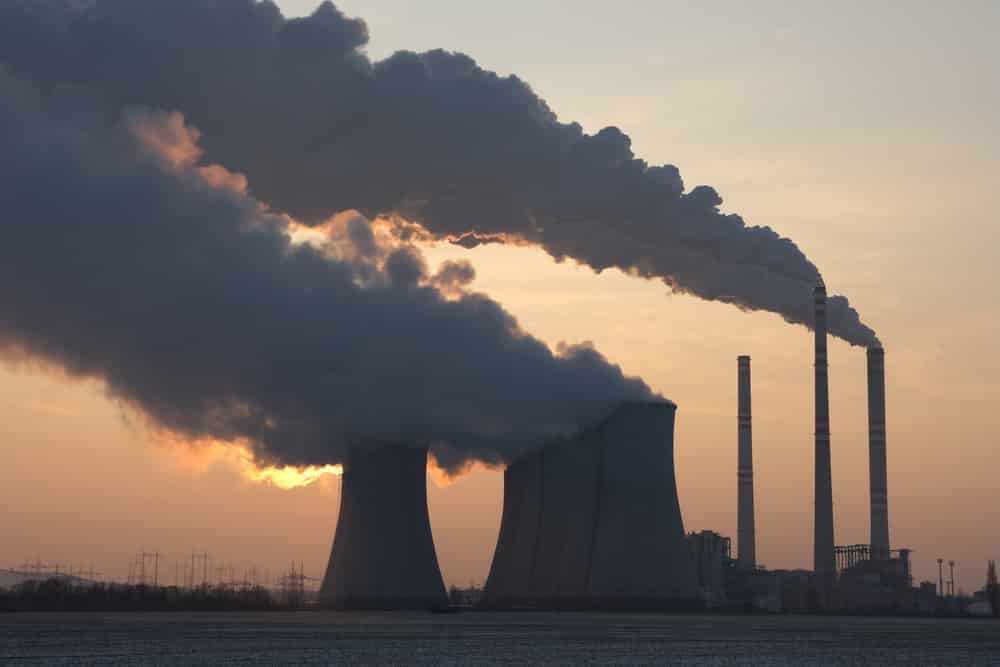Step outside, take a deep breath, and experience the benefits of fresh air. Now, think about taking a deep breath – only to inhale a lungful of toxic chemicals. Fortunately, the ongoing quality of our air is part of a concerted effort by the Environmental Protection Agency (EPA). As North American industry continues to grow, the EPA keeps a close eye on air pollution from industrial sources. The Clean Air Act is one way the EPA regulates emissions – but what is the Clean Air Act? Read on to find out more about this important legislation.
What Is the Clean Air Act?
What Is the Clean Air Act?
The EPA defines the Clean Air Act (CAA) as a “comprehensive federal law that regulates emissions from stationary and mobile sources.” That includes motor vehicles, industrial facilities, and more. The law encompasses a number of air pollution concerns. For example, the CAA authorizes the EPA to establish National Ambient Air Quality Standards (NAAQS). These standards regulate emissions with the ultimate goal of protecting public health.
History of the Clean Air Act
The Clean Air Act is the result of long-term legislative discussions that have evolved over the course of decades. The EPA’s website features the following timeline, which explains the early days of the CAA:
- 1955: The Air Pollution Control Act of 1955 becomes the first federal legislation addressing air pollution. While it was enacted with the goal of providing federal funds for air pollution research, the initial act did not regulate or control air pollution in any capacity.
- 1963: The Clean Air Act of 1963 becomes the first federal legislation meant to control pollution. The legislation established a federal program within the U.S. Public Health Service meant to explore means of monitoring and controlling air pollution.
- 1967: The Air Quality Act is enacted to expand federal government activities around air pollution, including the regulation of interstate air pollution transport. At this time, the federal government began conducting a series of monitoring studies and source inspections across the nation.
- 1970: The Clean Air Act of 1970 is enacted, allowing the federal government to take a much more active role in combating air pollution. At this time, comprehensive federal and state regulations were developed to limit emissions from a number of sources.
Programs Within the Act
When the Clean Air Act was finalized, it included four major regulatory programs specifically affecting stationary sources. These programs serve as a guide for industrial facilities seeking to comply with federal, state, and local air pollution standards. Those programs are as follows:
- National Ambient Air Quality Standards (NAAQS): NAAQS now exist in every state to address the unique public health risks posed by certain air pollutants.
- State Implementation Plans (SIPs): State Implementation Plan (SIPs) require states, territories, and local air districts to outline their individual plans to maintain NAAQS.
- New Source Performance Standards (NSPS): Per the EPA, these technology-based standards “envision a best available technology (BAT) for categories of stationary air pollution sources.”
- National Emission Standards for Hazardous Air Pollutants (NESHAP): These standards apply specifically to hazardous air pollutants (HAPs), which the EPA defines as those that are “known or suspected to cause cancer or other serious health effects, such as reproductive effects or birth defects, or adverse environmental effects.”
_____
Ultimately, the CAA is a comprehensive effort to protect air quality nationwide. By proactively complying with the CAA programs listed above, industrial facilities can do their part to reduce air pollution.
Are you in need of further information on the CAA? When you’re ready, you can contact EWI online or call 877-827-9500 for more information. We have in-house experts ready to help walk you through the specifics of your organization’s compliance needs.




